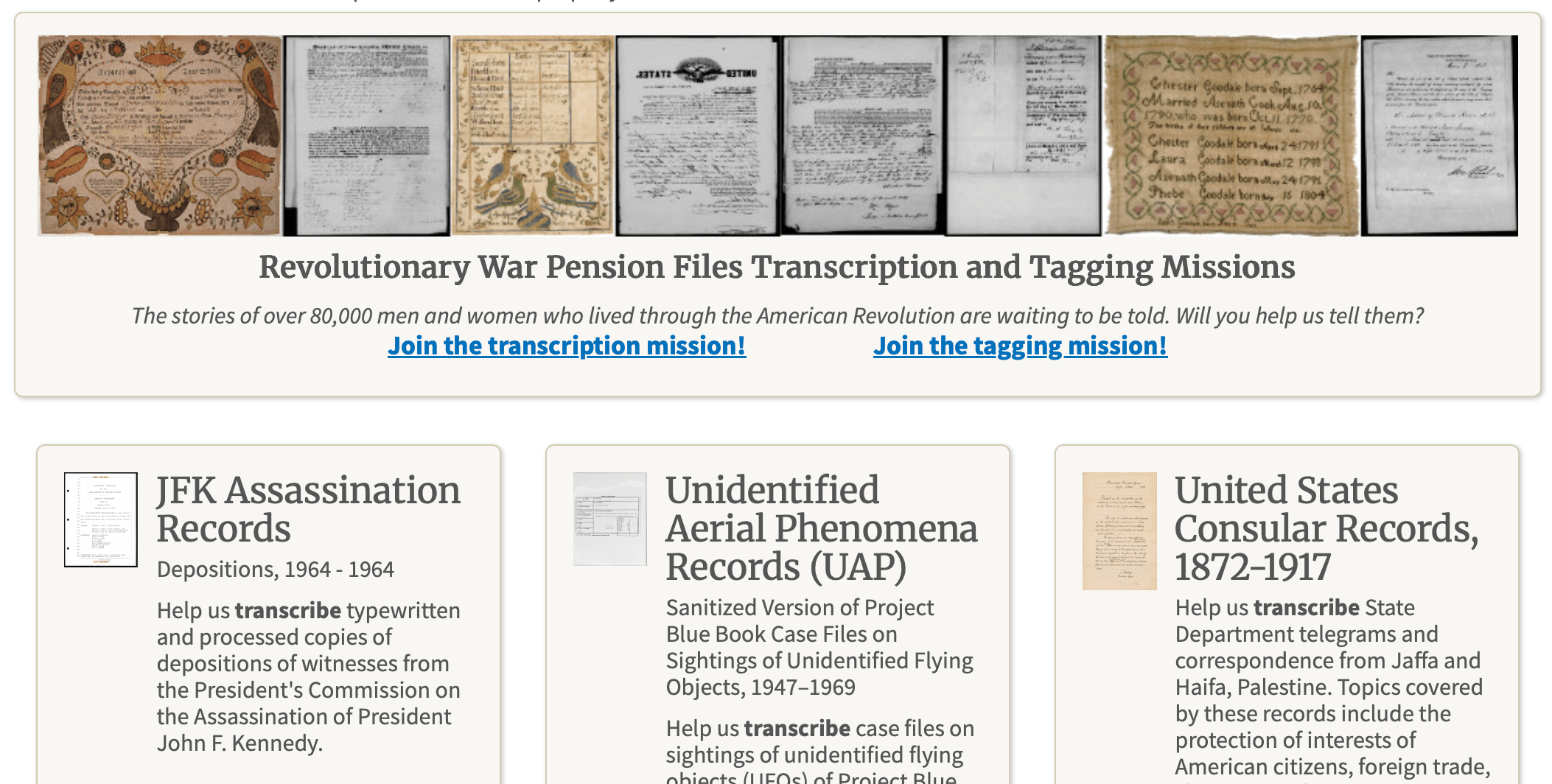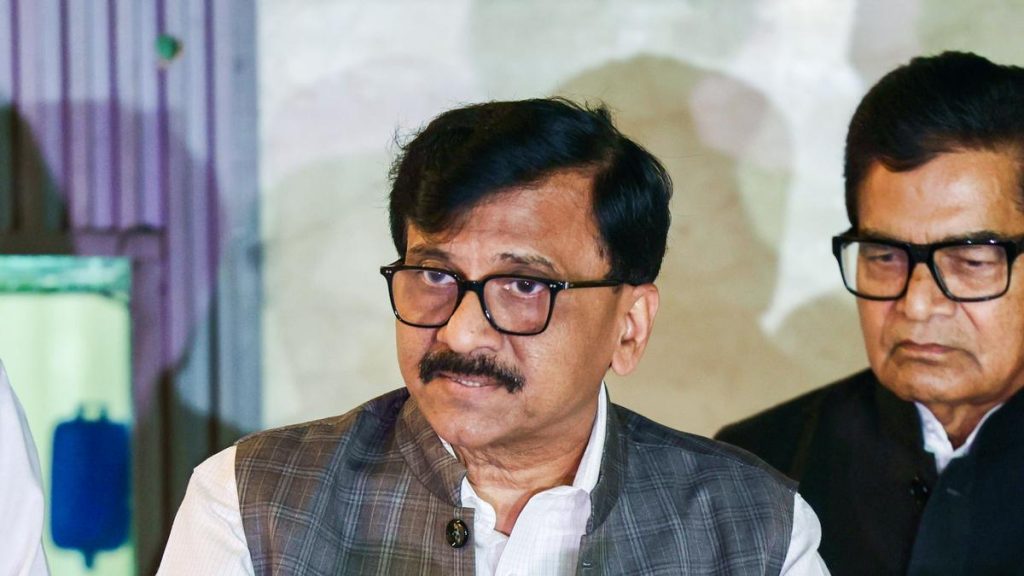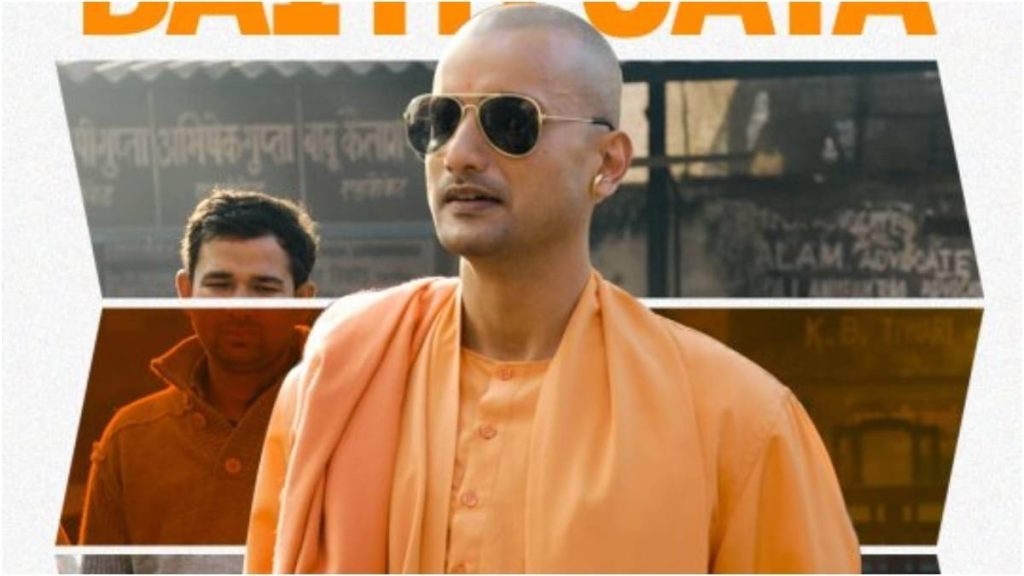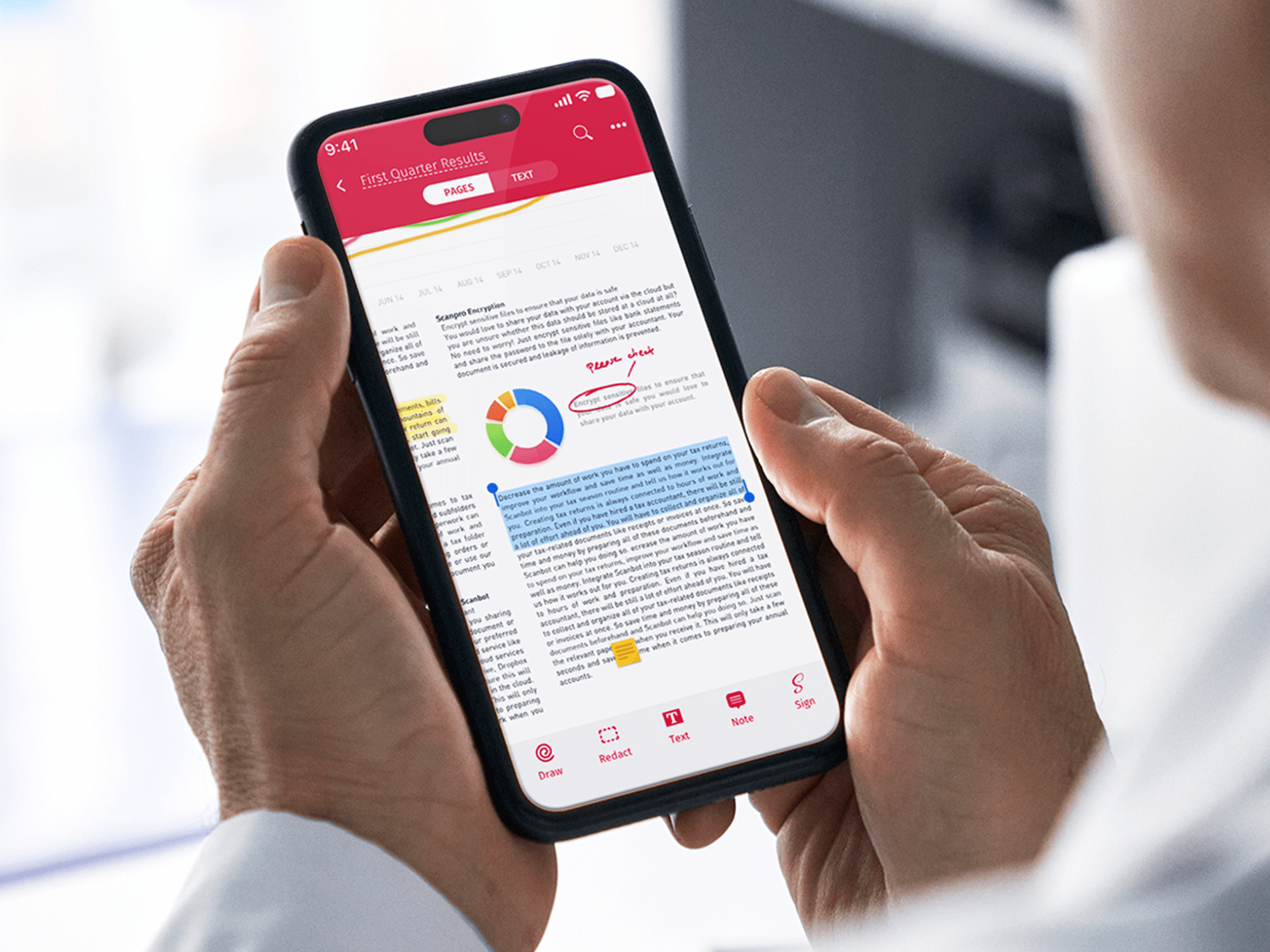Now Reading: National Archives Seeks Public Aid to Decode UFO and JFK Files
-
01
National Archives Seeks Public Aid to Decode UFO and JFK Files
National Archives Seeks Public Aid to Decode UFO and JFK Files

fast Summary
- The National Archives offers Citizen Archivist missions, allowing individuals to transcribe ancient documents using their keyboard and spare time.
- Projects include the transcription of Unidentified Aerial Phenomena (UAP) Records, JFK Assassination Records, and Consular records from 1872-1917.
- Participants need a Login.gov account to start and are encouraged to watch an introductory video on the process before diving in.
- Documents can be sorted by “available” (already transcribed) or “Not Started,” allowing participants to initiate fresh projects or edit existing ones.
- Guidelines require transcriptions to accurately replicate text as seen in documents,including typos; however,hyphenated words at line ends should be writen without the hyphen for searchability.
- Engaging in these missions showcases humanity’s quirks through unique recorded events while contributing meaningfully to archival preservation.
Read More: Popular Science Article
Indian Opinion Analysis
The concept of citizen Archivist Missions underlines the importance of collaborative efforts toward preserving historical records. India’s burgeoning digital literacy offers potential lessons from such projects that could inspire similar initiatives domestically led by institutions like the National Archives of India. Encouraging digital volunteering might not only boost awareness about India’s rich heritage but also enhance public access and accurate documentation.
These programs highlight how technology can foster civic engagement while preserving history-a principle applicable globally. Whether it’s decoding centuries-old manuscripts or stories untold buried deep within india’s archives, Indian institutions might reimagine citizen participation for aligning with tech-driven archival frameworks tailored to local contexts.

























